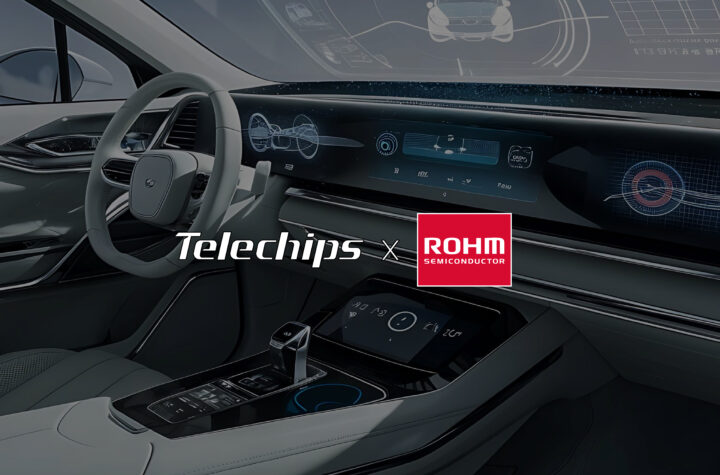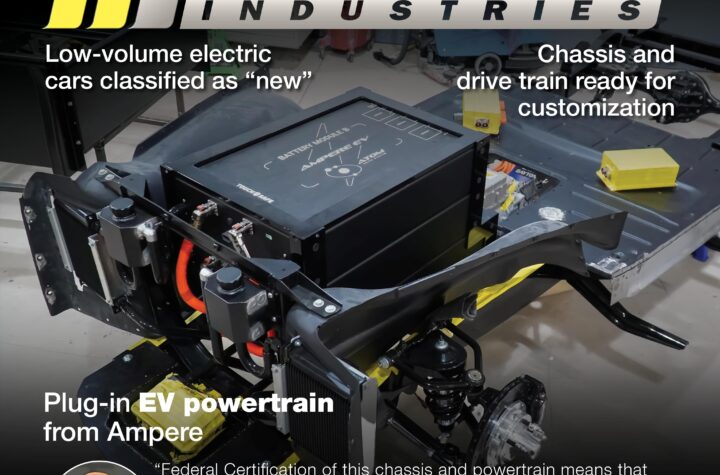
 |
| Jaguar’s diesel S-TYPE will mark the first application of the newly developed twin-turbo AJD-V6 diesel engine. |
The diesel market in Europe has experienced consistent — and significant — growth over the past decade and, in recent years, demand has increased dramatically in the premium market. According to Jaguar, diesel now accounts for one in three sales across the premium segment in Europe and by the end of next year the company expects that number to rise to 40 percent.
With its first vehicle in the diesel automotive marketplace showing success, Jaguar is making plans for another. Available in June, Jaguar will offer a diesel version of its successful S-TYPE.
Significant with the diesel S-TYPE is the fact that the vehicle will mark the first application of the newly developed twin-turbo AJDV6 diesel engine. The AJD-V6 diesel engine is the result of collaborative engineering between engineers from Ford, PSA Peugeot Citro?n and Jaguar — made possible by the strategic partnership between Ford Motor Co. and PSA Peugeot Citro?n, which began in 1998. Engineers at the company’s U.K. Whitley Engineering Centre had a primary goal when developing the AJD-VJ engine — ensuring maximum control of noise, vibration and refinement. The engine uses unique, dualisolated mounts and its own final-drive assembly to soften take-up of the engine’s torque, together with sound-attenuating features such as the double-skinned sump and the elastomeric- isolated, composite cam cover.
 |
| Maximum power from the 2.7L AJD-V6 diesel engine is 206 hp. Torque peaks at 320 lb.ft., which, according to Jaguar, is actually higher than that of the S-TYPE’s naturally aspirated 4.2L V-8 gasoline engine. |
controlled variable geometry turbochargers, four overhead camshafts, four-valves-per-cylinder and variable swirl intake technology for refinement, minimum noise, low fuel consumption and low emissions.
The engine will be built at Ford’s Diesel Business Centre at Dagenham in the U.K. The 4-cam, 24-valve, twin-turbo V-6 features the Siemens second generation commonrail direct injection and piezo-electric injector operation. Maximum power from the 2.7L engine is 206 hp. Torque peaks at 320 lb ft, which, according to Jaguar, is actually higher than that of the S-TYPE’s naturally aspirated 4.2L V-8 gasoline engine. The diesel S-TYPE achieves 0-60 mph in 8.1 seconds in the manual and 8.2 seconds in the automatic, and the maximum speed for both is in excess of 140 mph.
Euro IV compliant in most markets, fuel economy and emissions figures are impressive. Jaguar says the diesel S-TYPE will boast 40 mpg, and a CO2 rating of 189 g/km.
The diesel S-TYPE is offered with a choice of 6-speed ZF automatic or a new 6-speed ZF manual transmission. According to Jaguar, the transmissions are developed to maximize both the performance and great flexibility of the twin-turbo V-6 engine. Modified suspension includes uprated dampers and optimized spring rates to achieve improved handlingbalance and poise, and low friction ball joints to facilitate smooth suspension movement.
Jaguar plans to use the 2.7L diesel engine in other applications, in line with the cooperative agreement on diesel technologies and development between Ford Motor Co. and PSA Peugeot Citro?n.















More Stories
How to Choose the Best Mobile Car Locksmith in Las Vegas
Ensuring Accuracy and Accountability With AI-Powered Time Tracking Software
The Relationship between Defective Airbags and Car Accidents